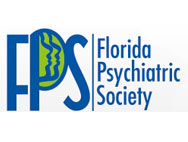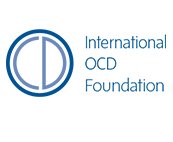Poly Pharmacy vs Mono therapy

“Mr Conley” is a 62-year-old man who has chronic schizophrenia. Symptoms Mr. Conley faces include auditory hallucinations and delusions of reference. He currently lives with his mother and despite these symptoms, it is reported that he is fully independent. Mr Conley has been prescribed 234 mg of paliperidone palmitate every 4 weeks—additionally, 6 mg of oral paliperidone a day, and quetiapine 800 mg at bedtime. This form of polypharmacy can come with potential cardiometabolic risks.
A recent study done by a team in Finland studies the difference between polypharmacy and monotherapy. Their sample size had a mean age of 47 years old and focused specifically on patients with schizophrenia. On average, patients had been diagnosed for 9 years before this study.
The results of this study showed that the risk of nonpsychiatric hospitalization was lower for all doses of medication during polypharmacy than during monotherapy. These differences went up to 13%. Moreover, the risk of cardiovascular hospitalization was significantly lower for polypharmacy at the highest dosage.
Overall, antipsychotic monotherapy was not shown to lead to lower risks of hospitalization for several physical health problems compared to polypharmacy. In terms of schizophrenia patients, the study points out that Mr Conley should continue paliperidone and quetiapine.
Dr.Kothari is amazing! She has been my doctor for years...
I have been a patient of Dr. Kothari for over three years. She has invested her heart...
Dr. Kothari has been seeing my sons for seven years. She is a wonderful resource...
Dr. Kothari is very caring. Appointments and waiting times are great...
When we started seeing Dr. Kothari, my son was dealing with a great...
Dr. Kothari has saved my life, this I can say without reservation...

 Patient Forms
Patient Forms Videos
Videos Location
Location



























